A New Launch Date for the Boeing Starliner Spaceship has been Scheduled for this Week After the Planned Launch on Saturday was Postponed Once more Owing to Technical Difficulties.
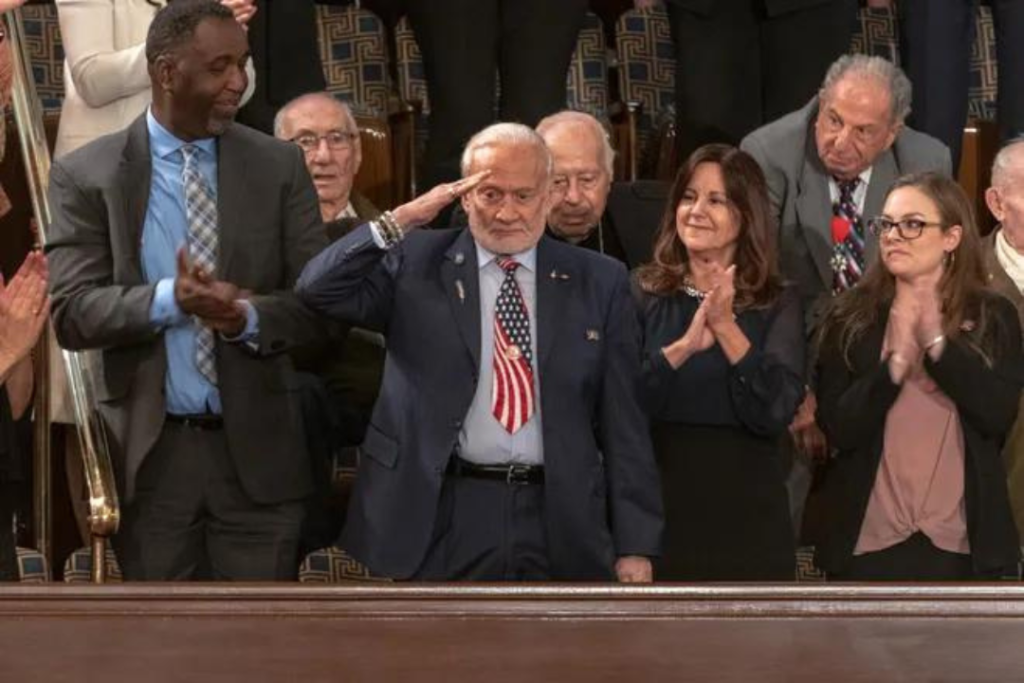
The Boeing Starliner launch, planned to take off from the Cape Canaveral Space Force Station in Florida on Wednesday, June 5 at 10:52 a.m. ET will be Covered live by USA TODAY. Both the USA TODAY YouTube channel and the Embedded video at the top of the page are available for live viewing.
Additionally, NASA streams launch live starting at 6:45 a.m. ET on NASA+, NASA Television, the NASA App, YouTube, and the Agency website.
Thursday, June 6, is a Potential Launch Date in Case Wednesday’s date of launch does not Proceed as Scheduled.
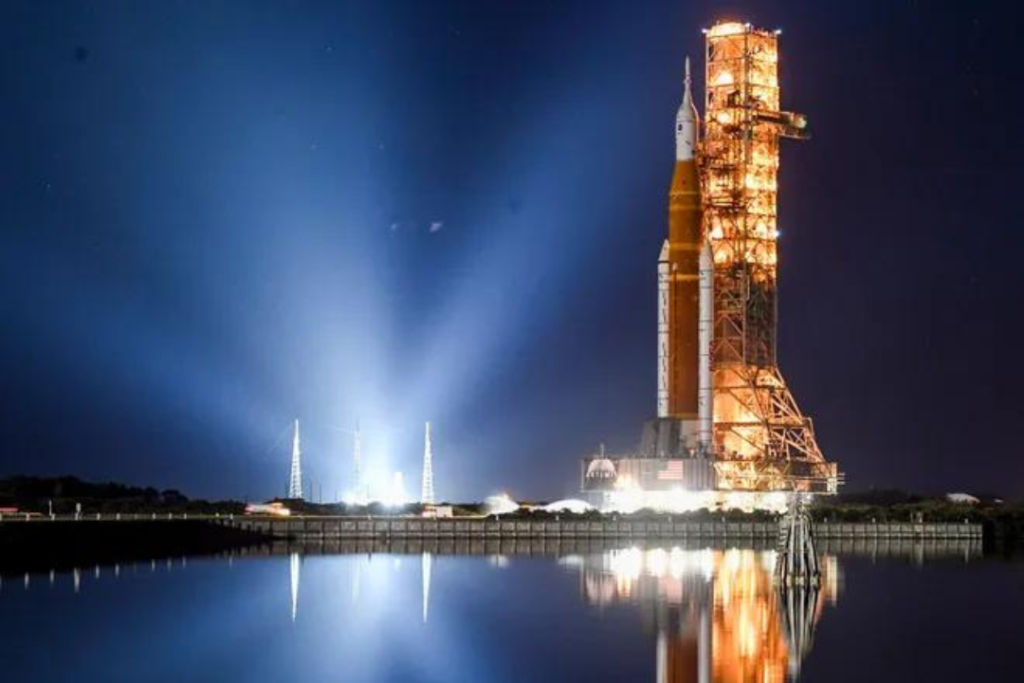
About Four Minutes Prior to liftoff on Saturday, the launch was Cleaned. The launch attempt was aborted “Due to the Computer Ground launch Sequencer not loading into the Correct Operational Configuration after Proceeding into Terminal Count,” NASA Stated in a Statement on X.
The launch attempts this Week comes after Multiple setbacks, such as a May 6 launch that was aborted due to multiple technical problems, an Oxygen leak, and a Helium leak from the Propulsion system of the Capsule.
Where is the Boeing Starliner going?
Two NASA astronauts, Barry “Butch” Wilmore and Sunita “Suni” Williams, who were both former Navy pilots, are scheduled to fly on the Boeing Crew Flight Test to and from the International Space Station.
Wilmore and Williams will test the Starliner spacecraft and its subsystems for approximately a week after they board the ISS.
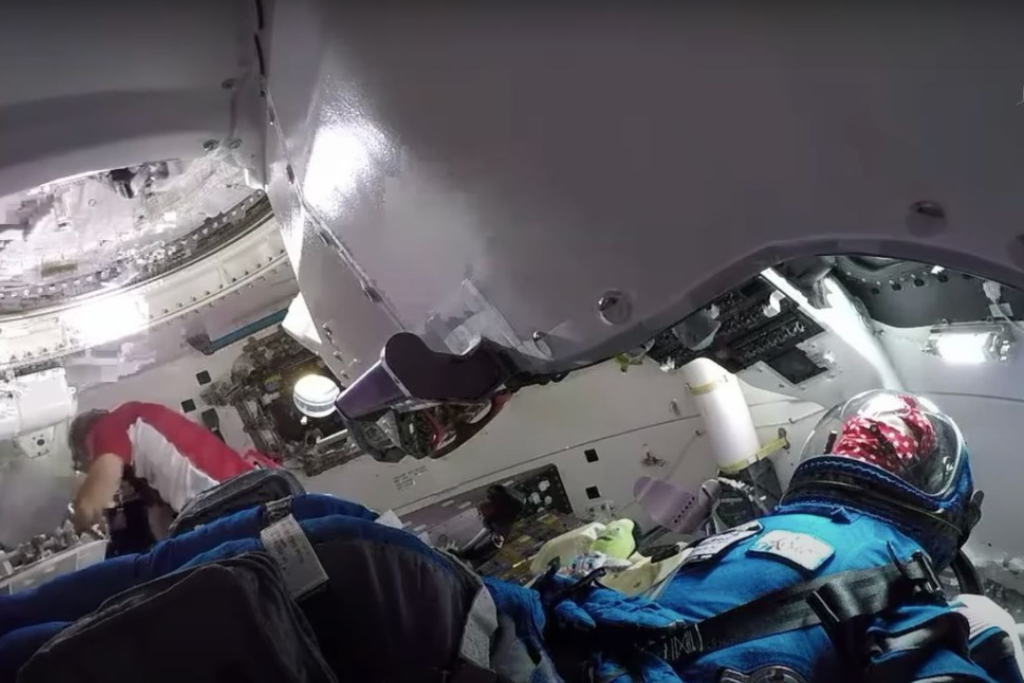
What is the Boeing Starliner?
For flights to low-Earth orbit, the Starliner was built to hold a crew of no more than seven people. The capsule was designed to transport four people, a variety of supplies, and additional scientific instruments to and from the space station during NASA missions.
According to the US space agency, NASA will start the last steps of approving Starliner for crewed rotation missions to the space station if the project is successful.
In order to create Starliner, a vehicle built by the private sector that can transport humans to and from the International Space Station, Boeing was given a $4.8 billion contract by NASA in 2014.
As part of NASA’s commercial crew program, Rival SpaceX, which just welcomed back its Eighth crew transported to the International Space Station, was given $3.1 billion to create its own spacecraft. In addition, NASA has given SpaceX $2.9 billion to create the first commercial human lander in preparation for the organization’s Artemis lunar missions and eventual Mars expeditions.
Boeing plans to launch its second major effort to fly NASA astronauts to the International Space Station (ISS) in June 2024 using the Starliner spacecraft. For Boeing and NASA, this launch is critical because it is a major step toward the country’s ability to send people into space on its own. Here is all the information you require regarding the launch of the Boeing Starliner, the streaming specifics, and the mission’s overall background.
Introduction: As part of NASA’s Commercial Crew Program, the Boeing CST-100 Starliner is a spaceship intended to carry crew members to the International Space Station. By developing dependable and affordable crew transportation to the International Space Station (ISS), the program hopes to lessen reliance on foreign rockets. The contracts to develop and run these new spacecrafts went to Boeing and SpaceX.
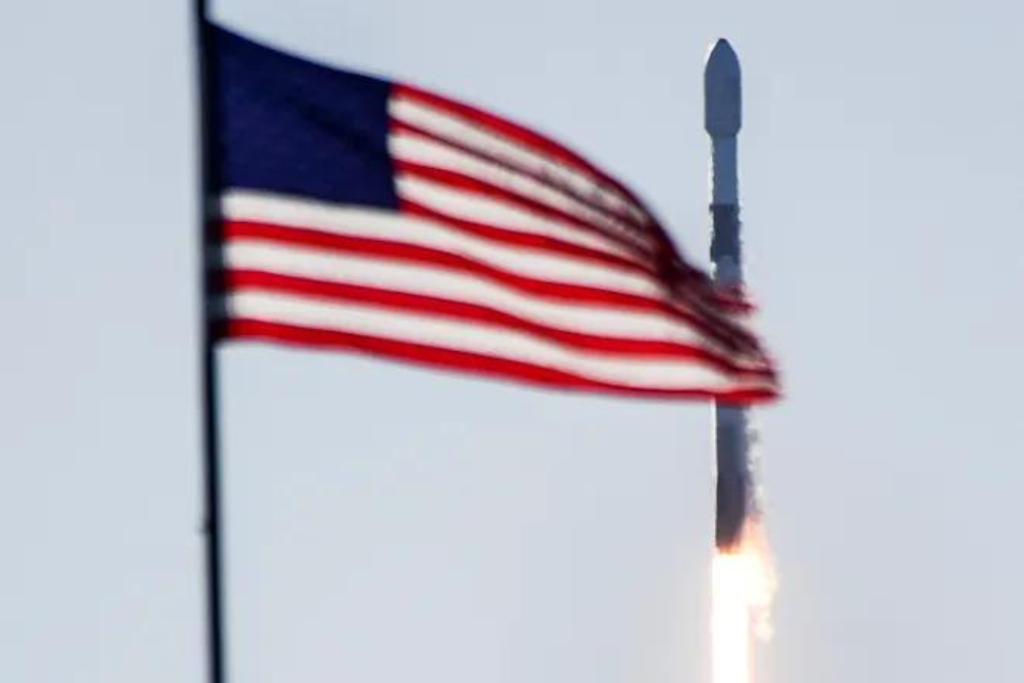
Launch Details:
- Launch Date: June 2024
- Launch Time: To be confirmed (Check NASA’s and Boeing’s official websites for updates)
- Launch Location: Cape Canaveral Space Force Station, Florida
- Livestream: Available on NASA’s official website, Boeing’s website, and major streaming platforms like YouTube and social media channels.
Mission Objectives: This Mission’s main goal is to deliver NASA astronauts to the International Space Station in a safe and effective manner. It will function as a test of the systems of the spacecraft under actual operating circumstances. If this flight is successful, it will be a major turning point for Boeing and the Commercial Crew Program, guaranteeing a practical substitute for SpaceX’s Crew Dragon in the astronaut transportation market.
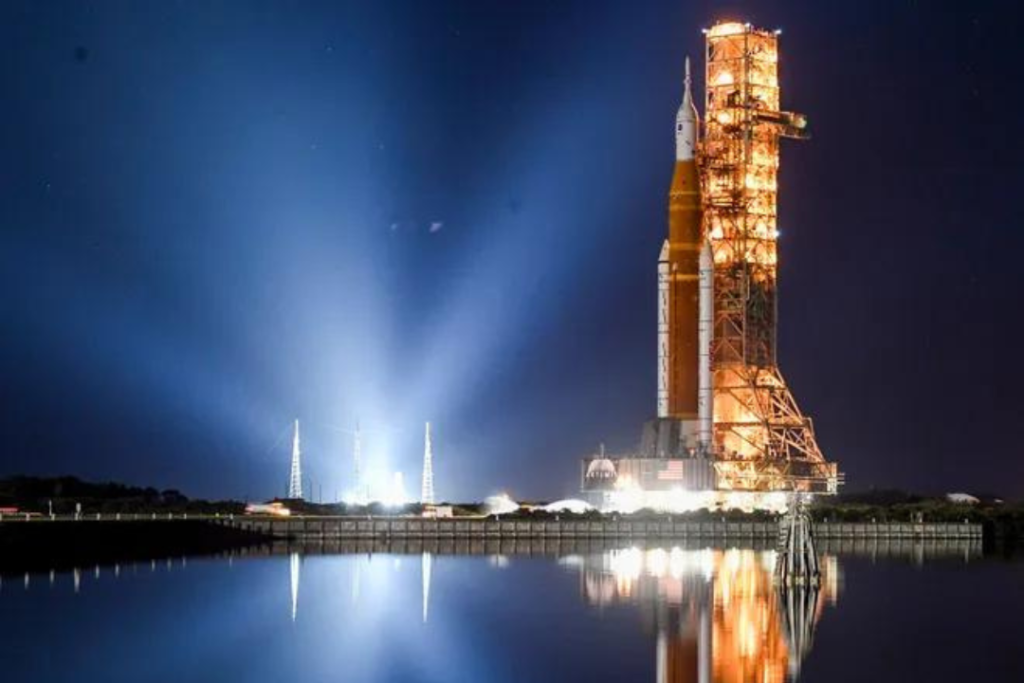
Spacecraft Overview:
- Design and Features:
- Reusable Capsule: Starliner is designed to be Reusable for up to ten missions, which helps in Reducing costs and Turnaround times.
- Capacity: The spacecraft can carry up to seven passengers or a mix of crew and cargo.
- Advanced Systems: Equipped with modern avionics, environmental control systems, and life support systems to ensure the safety and comfort of the astronauts.
- Safety Features:
- Launch Escape System: In the event of an emergency during launch, the system can quickly propel the spacecraft away from the Rocket.
- Autonomous Operations: While capable of manual control, Starliner is designed to operate autonomously, reducing the workload on astronauts and increasing mission reliability.
Astronaut Crew: The particular astronauts assigned to this trip have been handpicked for their experience and knowledge. There may be one or two first-timers among the crew’s experienced astronauts with previous spaceflight experience. When the launch date approaches, the crew members’ complete bios and profiles will be accessible on NASA’s official website.
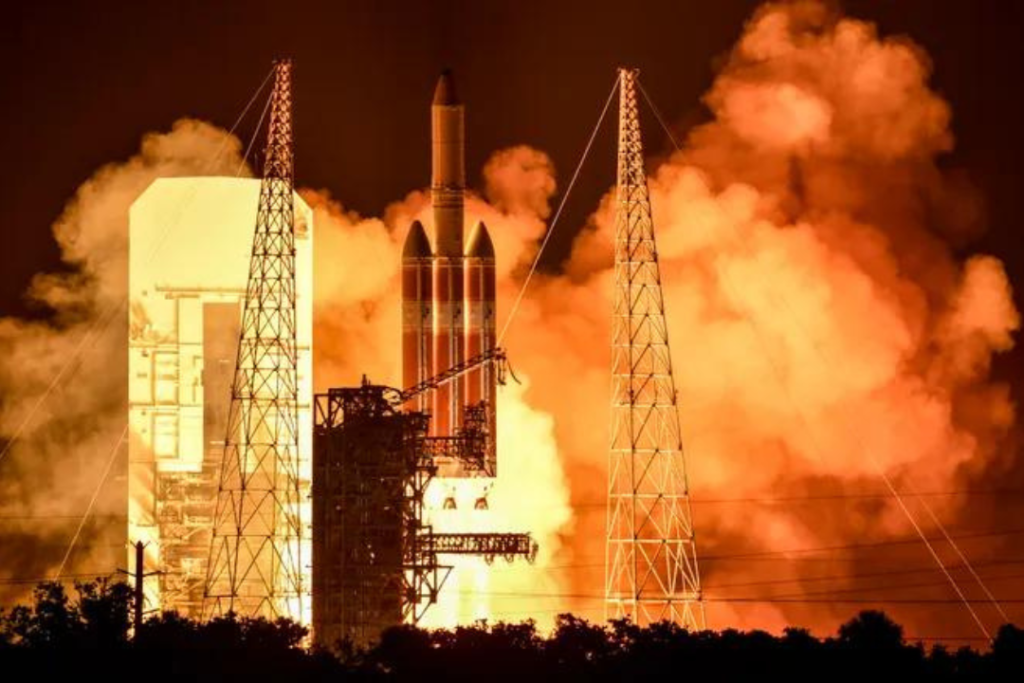
Significance of the Mission:
- Commercial Crew Program: This mission marks a major turning point in NASA’s effort to support space industry innovation in the commercial sector. It emphasizes how crucial collaborations between NASA and for-profit businesses like Boeing are.
- ISS Operations: For the ISS to continue operating and conducting scientific research, personnel transportation must be dependable. This mission contributes to keeping the ISS fully manned and functional.
- Future Mars Missions: One of the most important first steps for more ambitious missions, such as sending humans to Mars, is the development of dependable and affordable low-Earth orbit transportation.
Challenges and Preparations: Prior to this launch, Boeing had to overcome many obstacles, such as delays and technical problems. To overcome these problems, numerous unmanned missions and extensive testing have been carried out. The next launch will be the result of years of arduous labor and creative problem-solving.
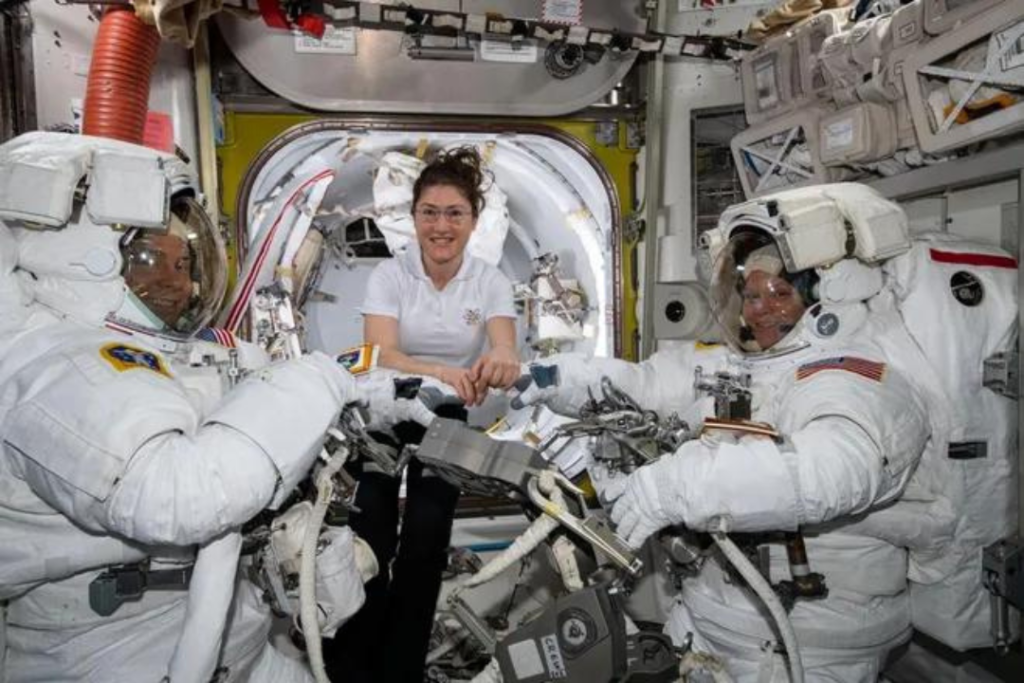
- Technical Hurdles:
- Previous test flights have Revealed issues that needed rectification, such as software anomalies and hardware malfunctions.
- Boeing and NASA have worked closely to conduct thorough reviews and implement necessary fixes to ensure mission success.
- Crew Training:
- The selected astronauts have undergone extensive training to familiarize themselves with the Starliner systems and procedures.
- Simulated missions and emergency drills ensure the crew is prepared for any contingency.
What to Expect During the Livestream: Complete coverage of the launch, including pre-launch operations, the countdown, liftoff, and post-launch commentary, will be provided via the livestream. Important parts to pay attention to are:
- Pre-Launch Activities:
- Interviews with key personnel from NASA and Boeing.
- Behind-the-scenes looks at the launch preparations and astronaut boarding process.
- Launch Countdown:
- Live updates and explanations of each step in the countdown process.
- Real-time data and telemetry from the spacecraft.
- Liftoff and Ascent:
- Live footage of the rocket launch, separation stages, and spacecraft entering orbit.
- Commentary from experts explaining the significance of each milestone.
- Post-Launch Coverage:
- Tracking the spacecraft as it approaches and docks with the ISS.
- Initial reactions from mission control and the astronauts aboard the ISS.
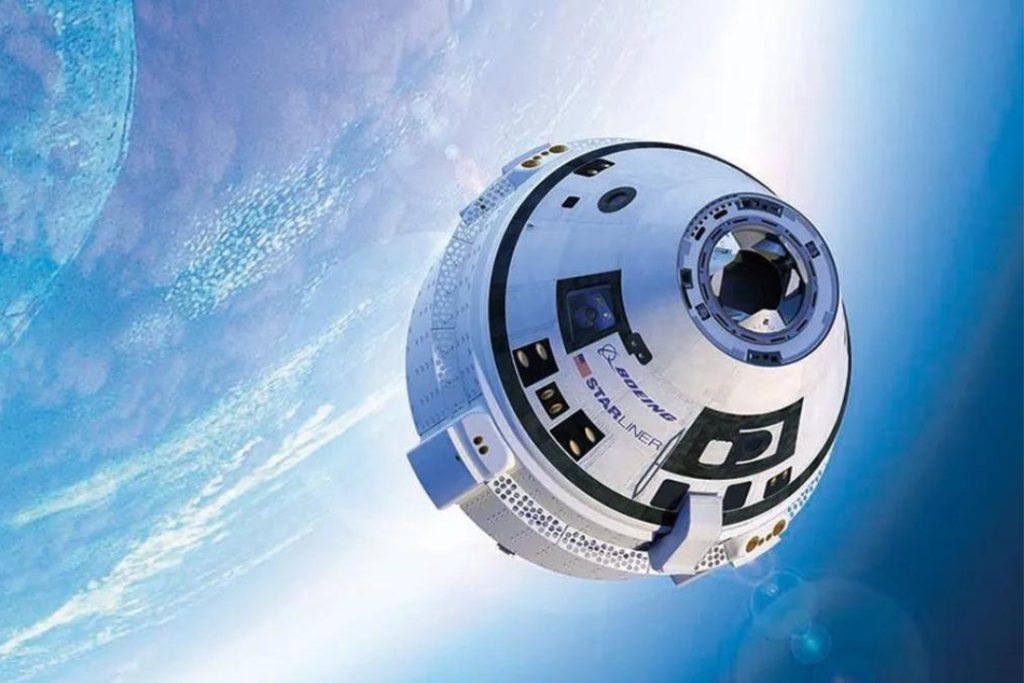
Pros and Cons:
Pros:
- Advancement in Space Travel: Successful missions enhance the reliability and frequency of human spaceflight missions.
- Economic Benefits: Commercial partnerships help reduce costs and foster innovation in the aerospace industry.
- Scientific Research: Consistent crew transportation ensures the continuity of vital scientific research aboard the ISS.
Cons:
- High Risk: Space missions carry inherent Risks, including technical failures and safety concerns.
- Cost: The development and launch of spacecraft are extremely expensive, requiring substantial financial investment.
- Delays: Technical challenges and rigorous testing requirements often lead to delays, affecting schedules and planning.
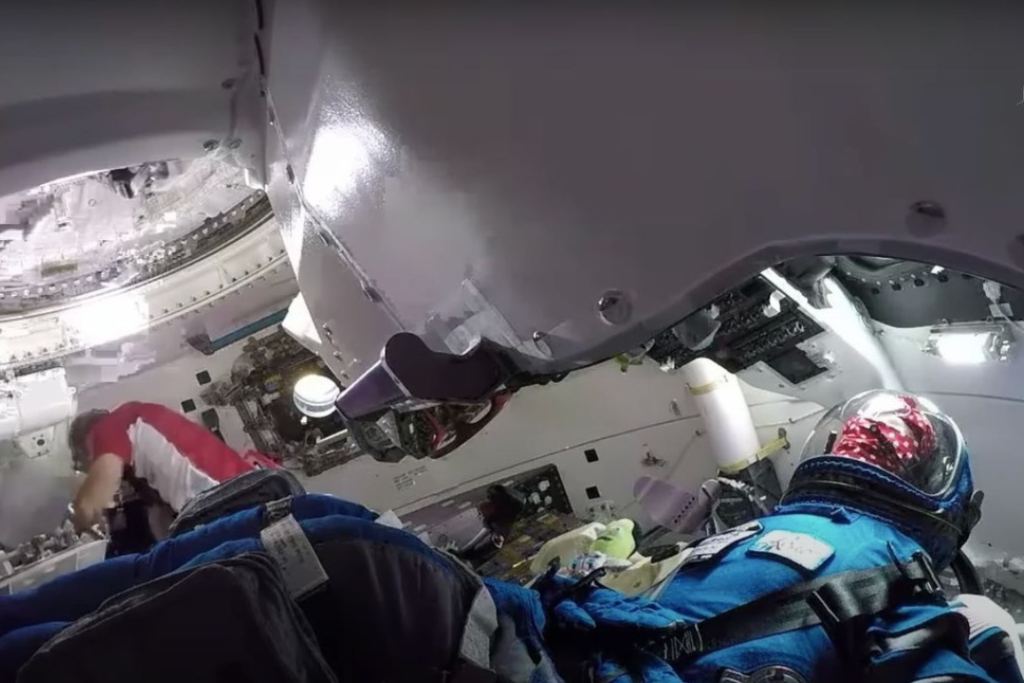
Conclusion: An important turning point in the history of space exploration will be the June 2024 launch of the Boeing Starliner. It draws attention to the advancements achieved in Commercial spaceflight and how it might completely transform human spaceflight. Watchers can see firsthand the challenges and successes of deploying astronauts to the International Space Station by tuning onto the webcast. This mission lays the groundwork for future investigations beyond low Earth orbit while also enhancing the capabilities of the Commercial Crew Program. Regardless of your level of interest in space exploration, the Boeing Starliner launch is expected to be an exciting occasion full of innovation, Excitement, and a look into the future of space travel.
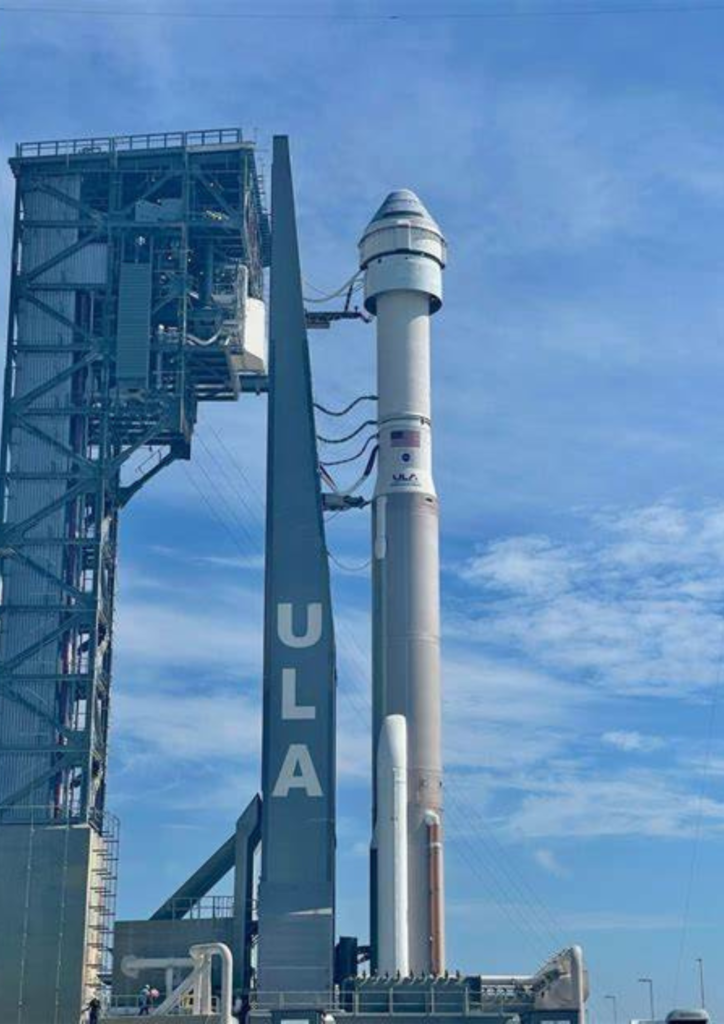
Also Read:

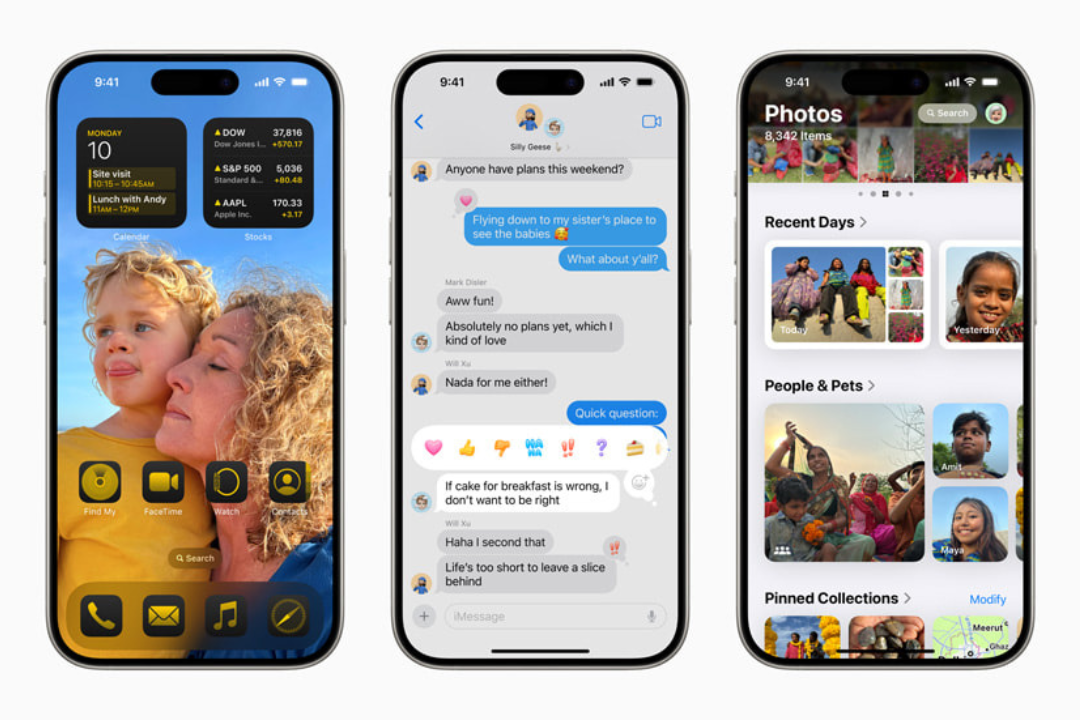

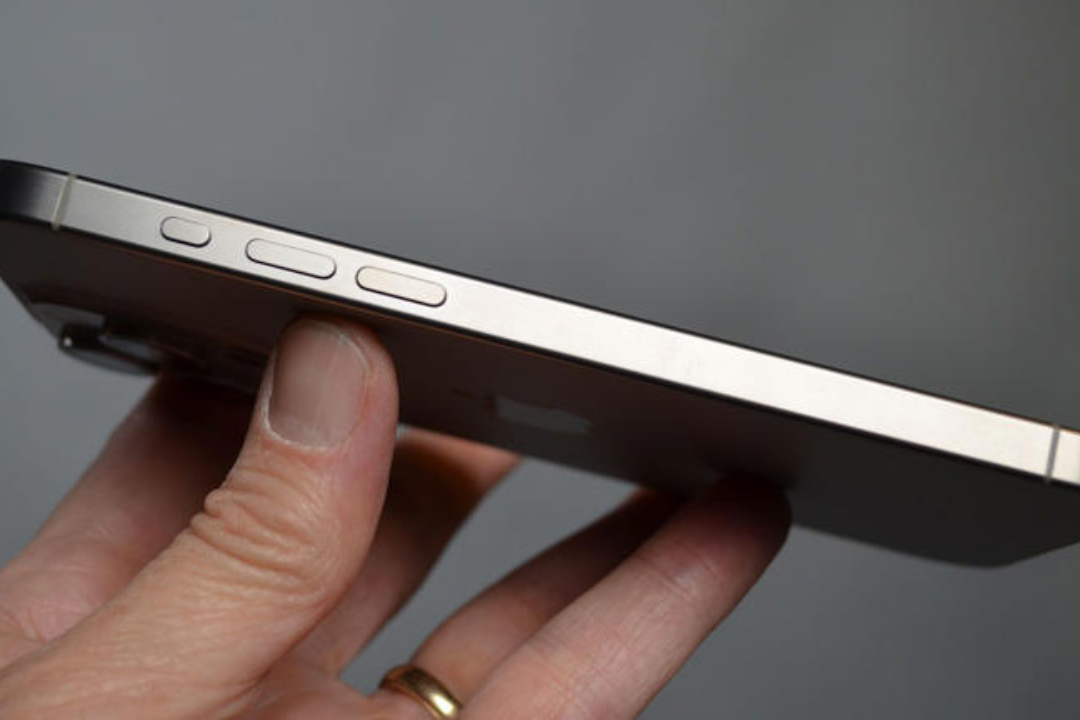
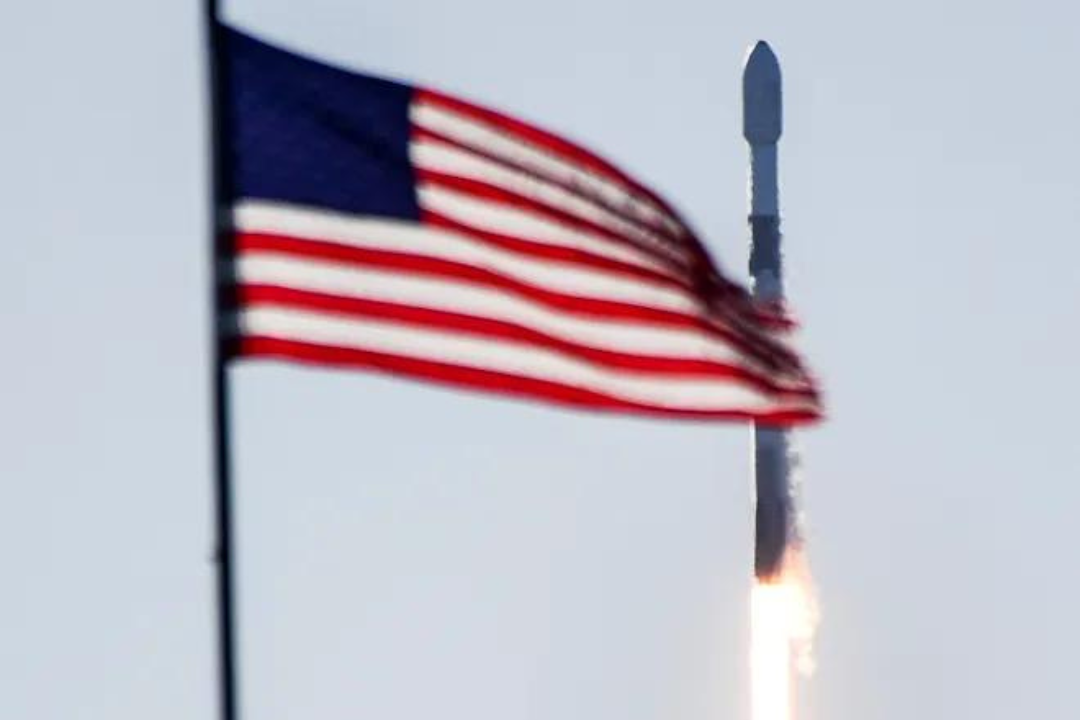
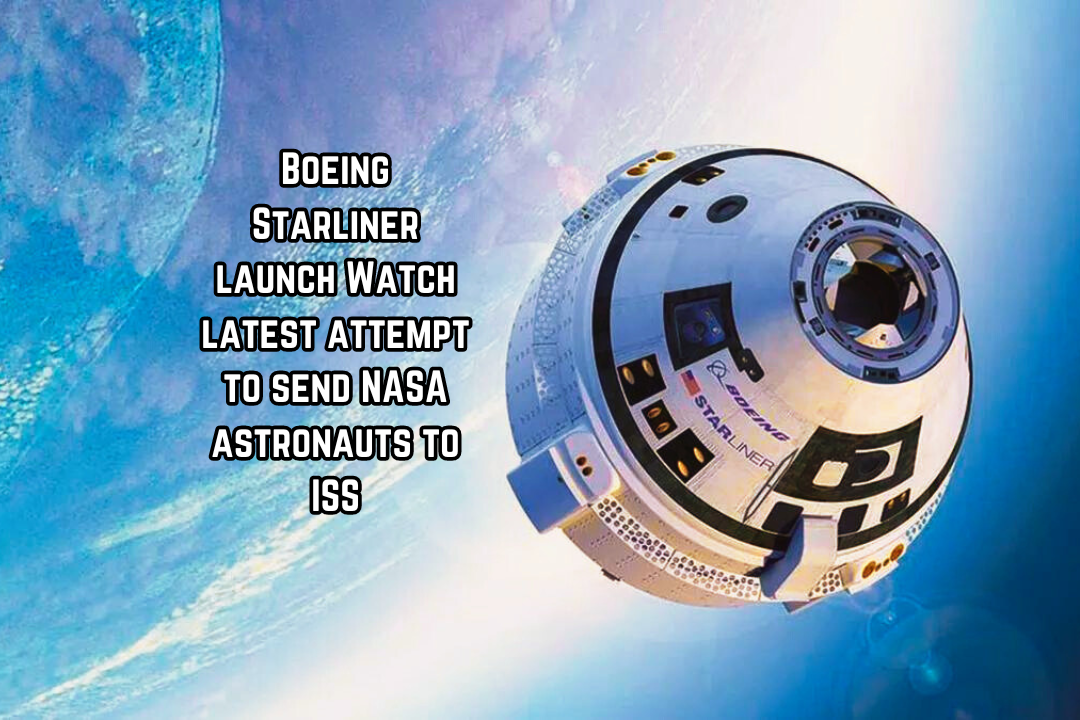



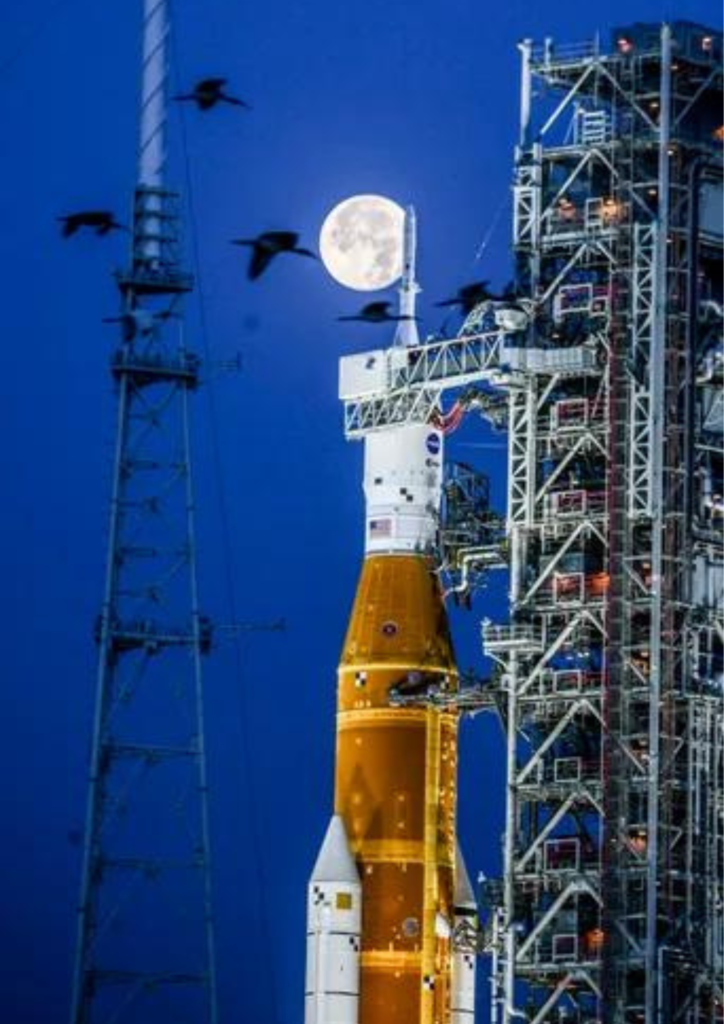
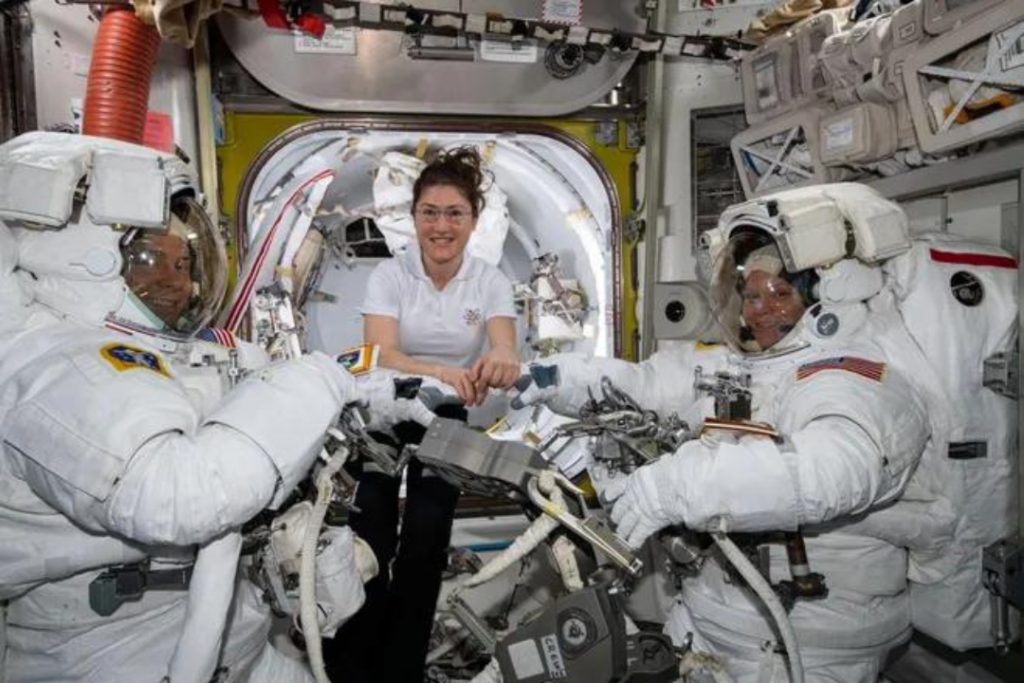
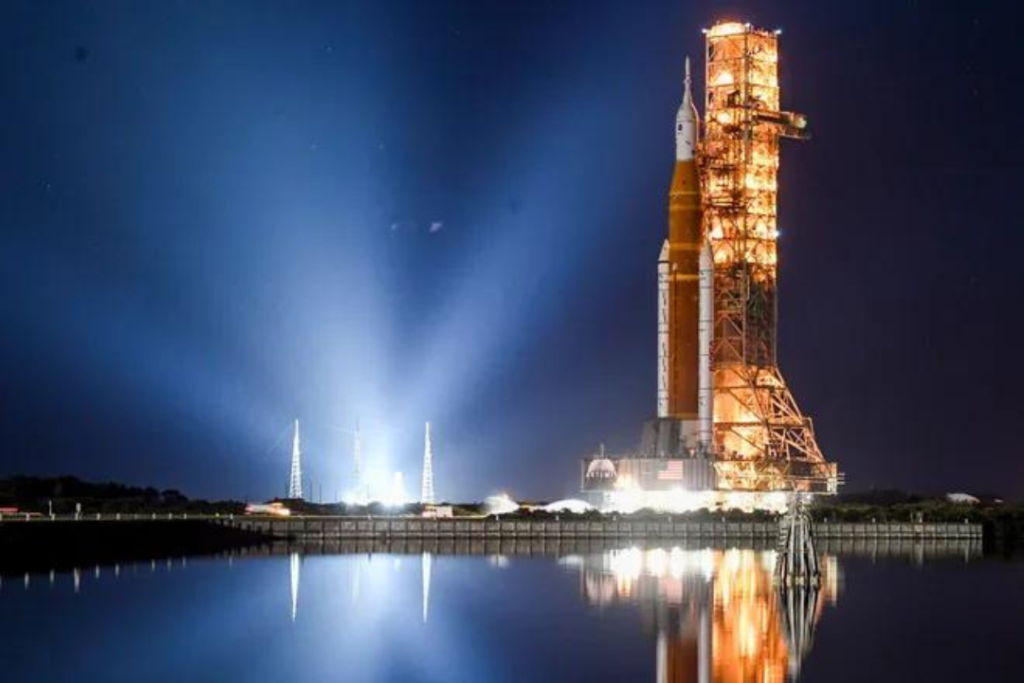
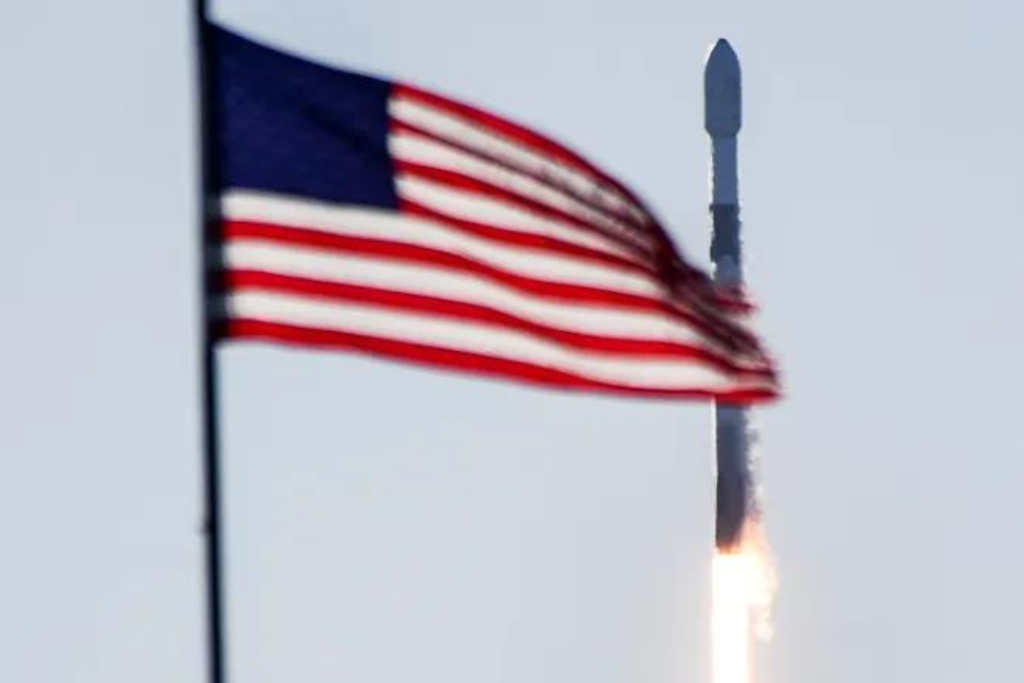
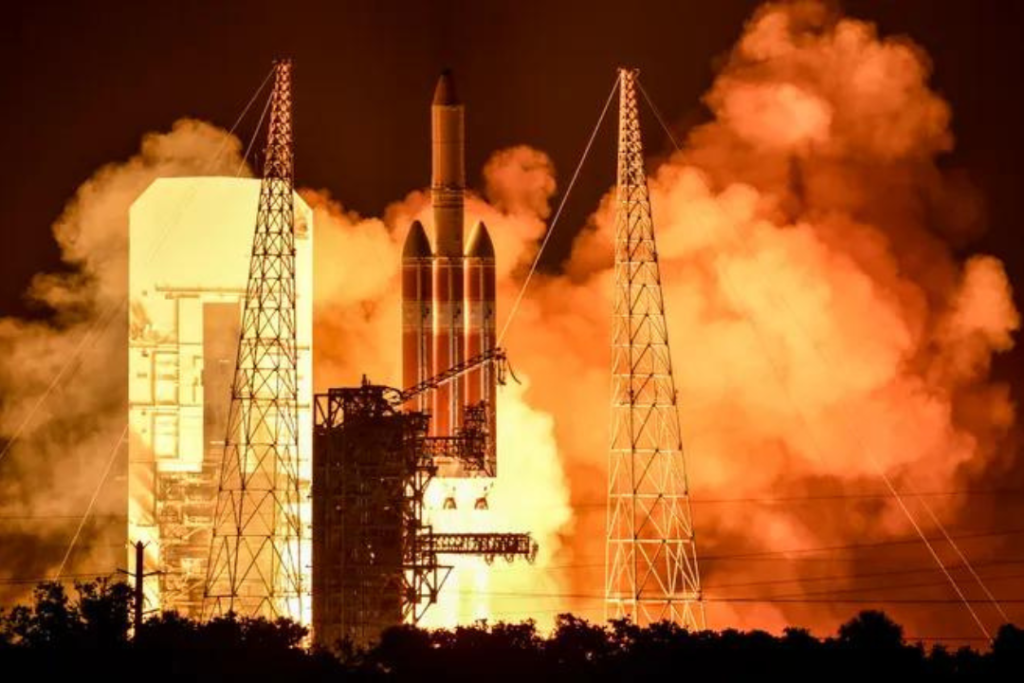
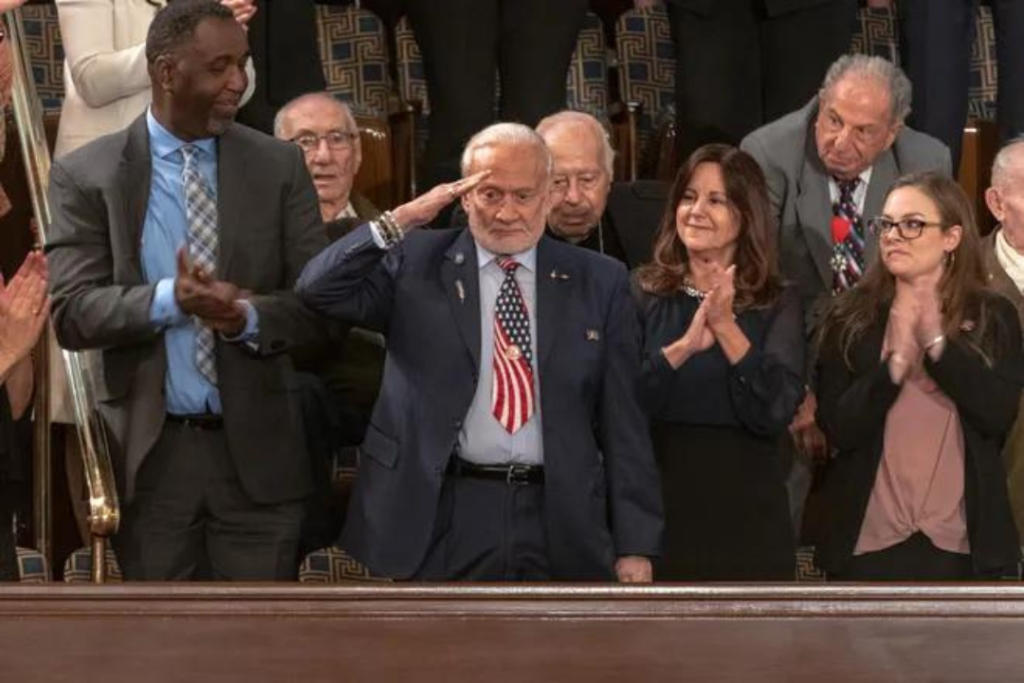
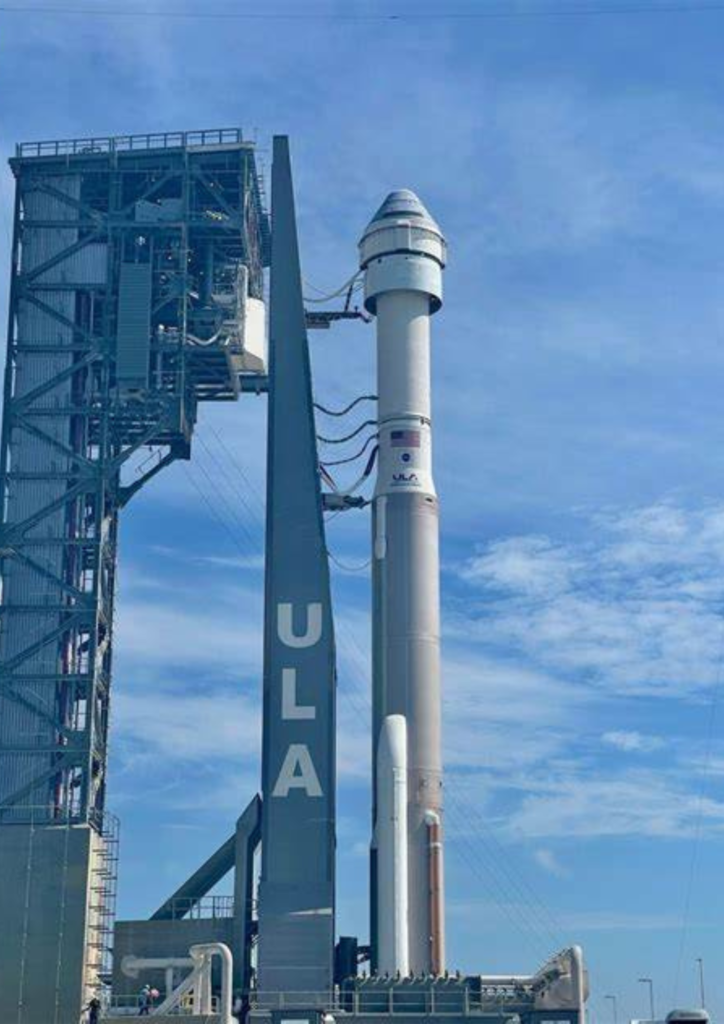
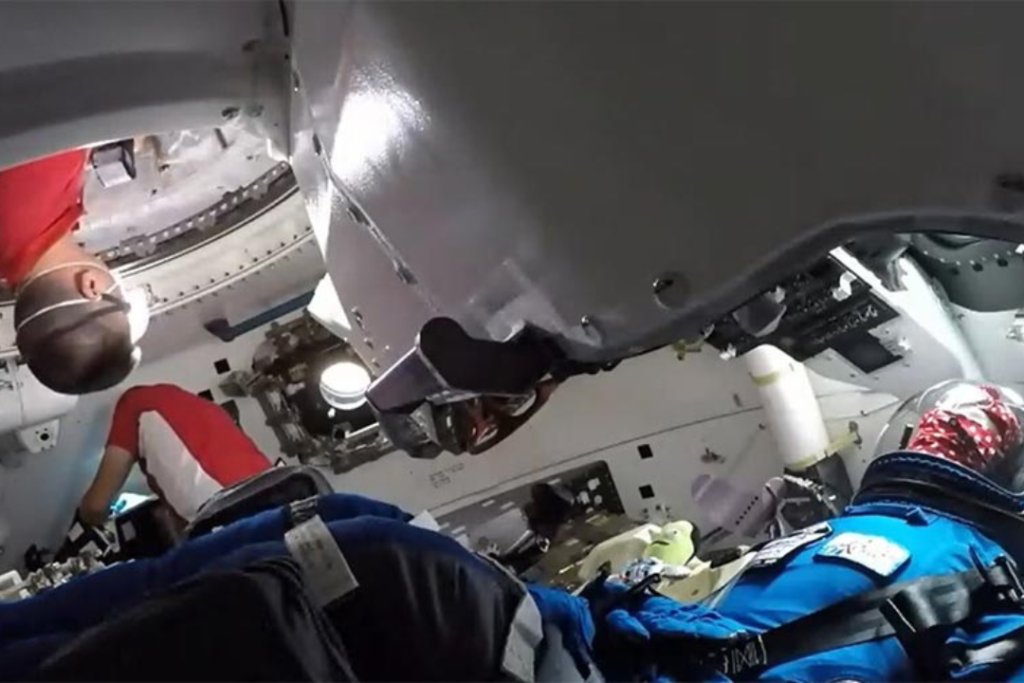
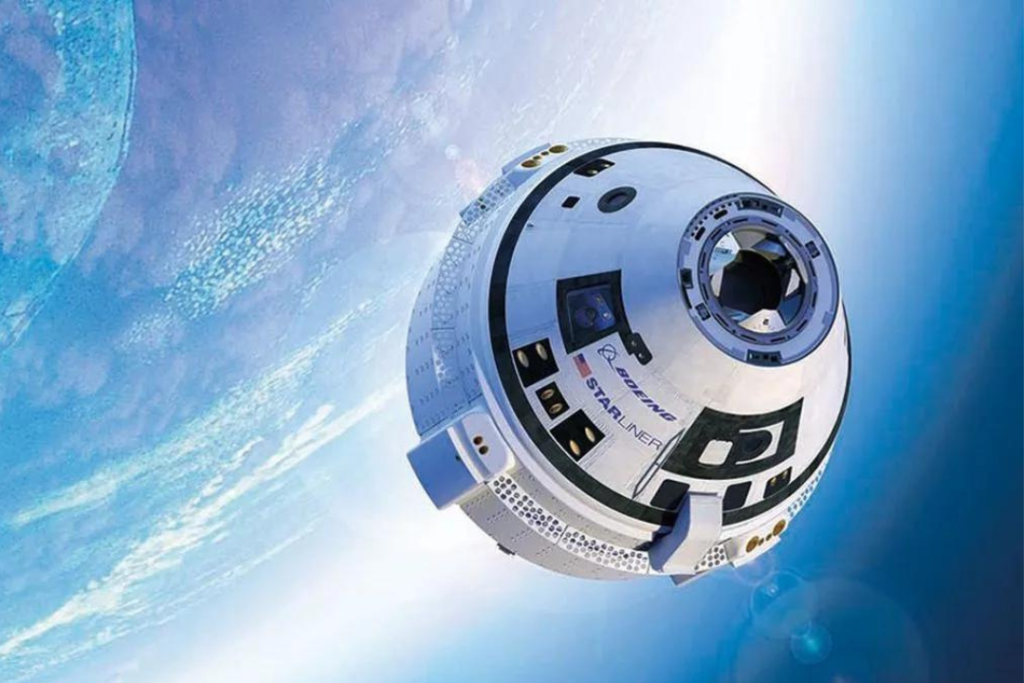
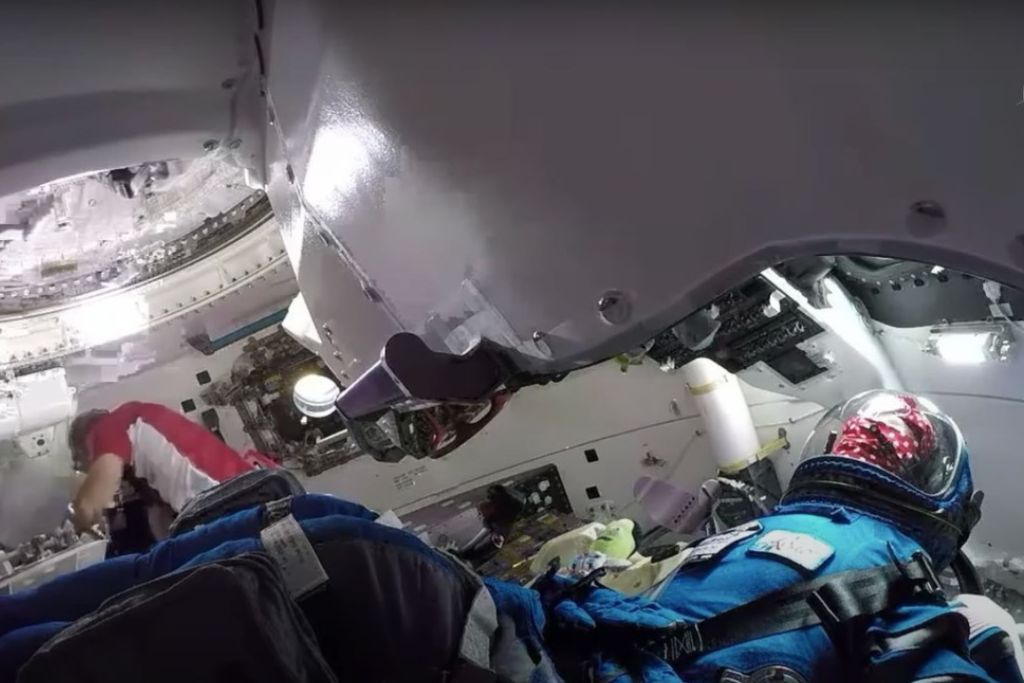
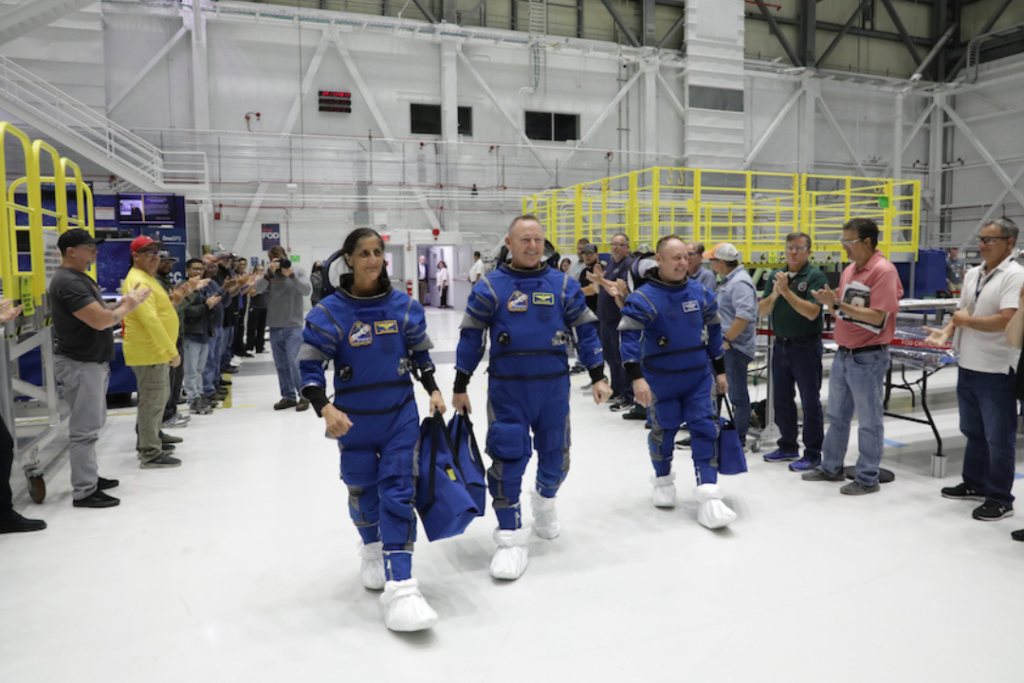
[…] NASAs Boeing Crew Flight Test Launch LIVE: […]